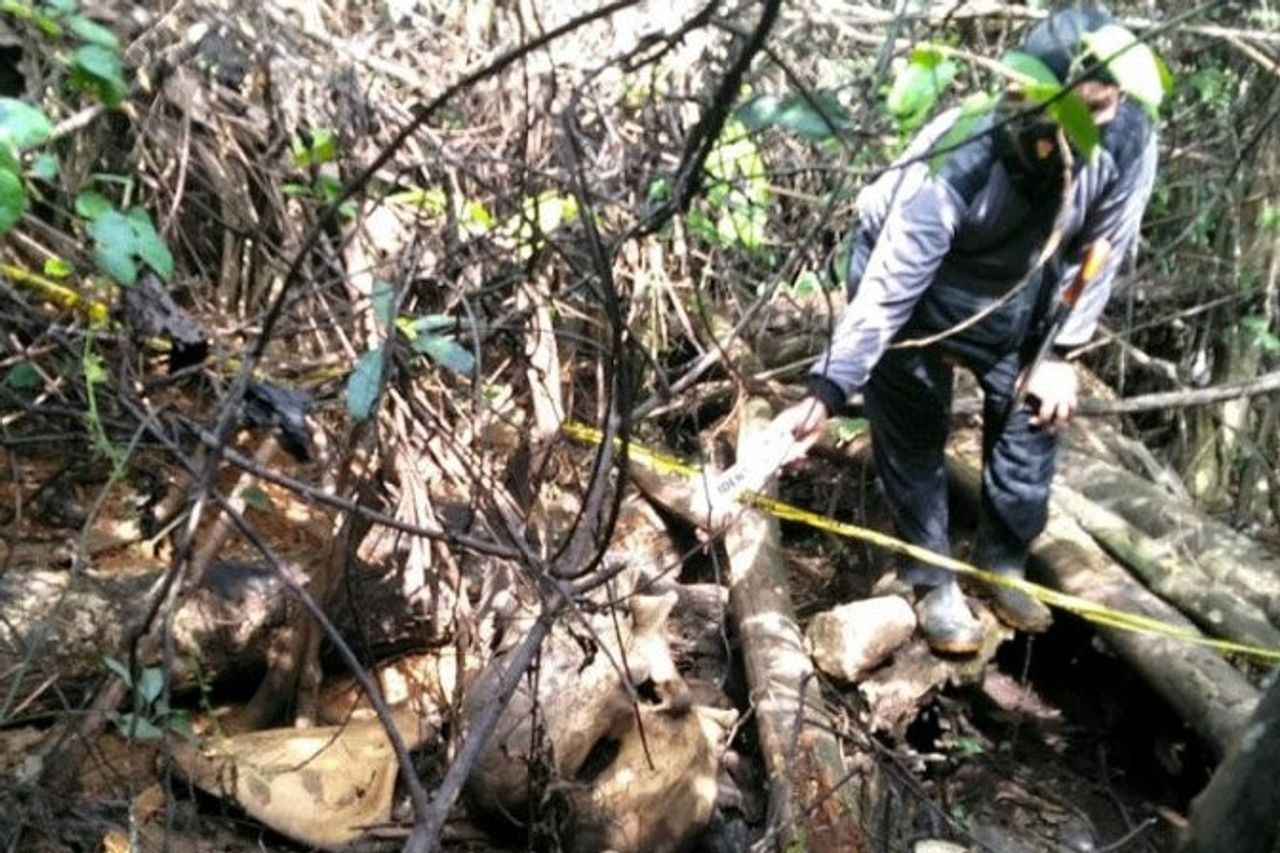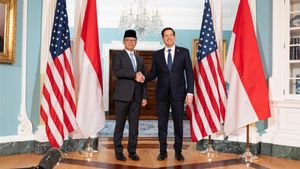Female Elephant Found Dead In Mukomuko, There Is Soap Mixed With Poison

JAKARTA - The Mukomuko District Police, Bengkulu Province, investigated the discovery of elephant carcasses in the Air Teramang Production Forest (HP) around the PT Bentara Arga Timber (BAT) concession in this area.
"Reskrim members have processed the crime scene and it is true that around the crime scene soap was found mixed with poison, allegedly to poison the elephant," said Mukomuko District Police Chief Adjunct Senior Commissioner Andy Arisandi in his statement in Mukomuko, reported by Antara, Tuesday, June 8.
Police Chief Mukomuko received a report on the discovery of elephant carcasses in the Air Teramang Limited Production Forest (HPT) around the PT Bentara Arga Timber (BAT) concession from Sungai Rumbai Police.
He said the elephant was a wild elephant which was thought to be female and about 35 years old, from the characteristics of this female elephant having caling (canine teeth).
After carrying out the crime scene, a joint team of police and BKSDA, Forestry Service, TNKS-PHS, Lingkar Institute secured the ribs and nylon rope at the location where the elephant carcass was found and then took pictures.
He said the chronology of the incident on Monday, June 7 at around 08.00 WIB, members of the Sungai Rumbai Sector Police received a report from the Bengkulu BKSDA that when the BKSDA Team carried out a patrol on May 25, 2021, they found an elephant carcass in the HP Air Teramang concession, PT. BAT.
The elephant carcass is in a state of decay, it is suspected that the elephant has been dead for two months and is around the location of the elephant carcass.
Meanwhile, around the location about 500 meters away, an elephant carcass was found, a bar of soap was found which was allegedly filled with poison, which was used by the perpetrators to poison the elephant.
With this incident the BKSDA Patrol Team took several samples from the elephant such as ribs, teeth, skin, soap which had been mixed with poison for identification at the Biology Laboratory of Unib Bengkulu.


